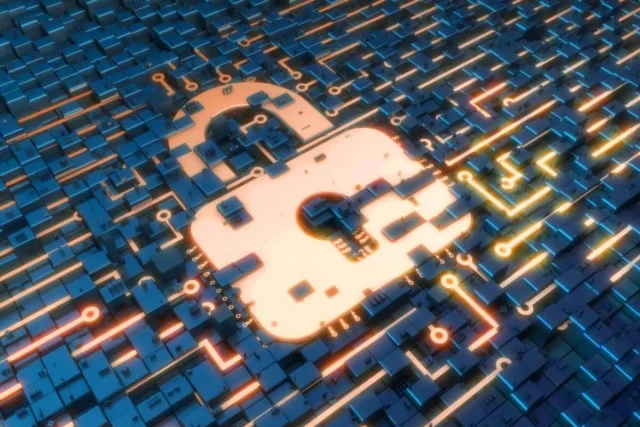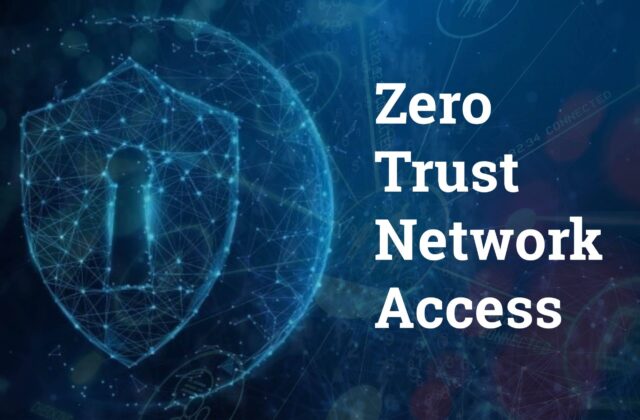
The reliance on cloud-based applications, remote work, and interconnected devices is the new norm, and ensuring robust security has become the top priority for organizations worldwide. This is why SSE is a big trend now; it is a modern approach to cyber security where network services meet security measures in a combined architecture.
But what is SSE, and why do we need it? What separates this modern approach from the more traditional solutions? Today, our goal is to answer these questions and more. We will delve into the realm of SSE, and describe its core components, advantages, and its response to traditional security approaches. Join us as we shed light on SSE’s benefits and its role in the future of cybersecurity.
What is Security Service Edge (SSE)?

SSE, introduced by Gartner as a subset of SASE, is a cutting-edge approach to network security that brings network services and cloud-based security solutions together. By doing so, SSE provides a unified and central platform to manage both and save time, money, and resources while also taking security to the doorsteps of end-users.
At its core, SSE represents a shift from legacy security approaches that are perimeter-based and relied on securing a centralized network to a more edge-centric, distributed approach. The main reason behind this is the ever-disappearing perimeters. Today, most businesses rely on cloud computing and use cloud applications while also having remote users. This means that a traditional and clear-cut perimeter is no more, and organizations need security wherever their users are.
But how SSE differs from these legacy approaches, and how it can manage the needs of modern organizations? First of all, while traditional security approaches assume that internal networks were safe and threats would only come from outside, SSE operates on the principle of zero trust, treating every attempt as a potential danger before granting access.
Secondly, SSE leverages cloud-native security services, which means the features can be provisioned and scaled based on demand. This cloud-native ability increases scalability, flexibility, and resilience when compared to hardware-based approaches.
Lastly, SSE integrates edge computing capabilities, meaning security is applied where data is generated, processed, and consumed. This ability greatly reduces the concerns of the remote work while also allowing an organization to reduce latency and provide real-time threat response.
Components of SSE

Let’s talk about the core components of Gartner SSE to understand how it creates a secure network where several technologies work together in harmony. Before getting to know these components, it is important to remember that SSE is not a single security service, but a framework that includes advanced technologies.
Remote Browser Isolation (RBI)
Remote Browser Isolation (RBI), also known as Browser Isolation or Remote Web Isolation is a measure designed to protect endpoints from web-based threats by executing web content in a different environment. RBI creates an additional layer between the user and the potentially unfriendly website to prevent malicious attacks such as malware infection.
Included in an SSE architecture, RBI is responsible for detecting any malicious scripts on websites and eliminates its opportunity to infect the user’s device by checking it on a remote environment first.
Zero Trust Network Access (ZTNA)

Zero Trust is an approach that challenges the traditional understanding of an “internal network”, where internal actors are considered trustable. This approach behaves as if the threat is always there whether it comes from an outside source or an internal user. That’s why Zero Trust environments work on the principle of “trust none, verify all”, and require verification in every step of the access procedure.
ZTNA enables granular, adaptive, and context-aware policies when it comes to granting access to any device or user regardless of their location. Due to emerging insider threats and issues such as device theft, ZTNA reinforces the network like nothing else.
Firewall as a Service (FWaaS)
We all know traditional firewalls, but they are hardware-based tools that have been in use for decades. By being a cloud-native approach to cyber security, SSE uses FWaaS, a cloud-based firewall solution. In the context of SSE, FWaaS is used to enforce network security policies and protect the network perimeter at the edge.
FWaaS is also responsible for inspecting the traffic on the network and keeping unknown sources out and allowing for increased visibility of the network activity for the IT admins.
Secure Web Gateway (SWG)

A Secure Web Gateway (SWG) is a solution that acts like a bodyguard between the users and the Internet. It inspects web traffic for potential threats, enforce the security policies of the organization, and serves as a proactive barrier that filters and monitors for malicious web content.
The best advantage of SWG is its ability to monitor the traffic in real-time, meaning it is a dynamic and effective way to prevent visits to malicious websites since SWG is capable of filtering websites based on context, category, or even antivirus scanning.
Cloud Access Security Broker (CASB)
CASB also plays a significant role in an SSE architecture by providing control and visibility over cloud-based services and applications. Just like SWG, CASb also acts as an intermediary but this time, between the users and the cloud service providers.
In SSE, CASB is a vital component to extend an organization’s security perimeter to the cloud, ensuring consistent policies across the organization, data protection in third-party services, and advanced threat detection.
Benefits and Advantages of SSE

Enhanced Security Posture
The primary benefit of an SSE architecture is improved security posture. By integrating networking and security solutions into a single platform, SSE provides more visibility, agility, and control over the network to IT professionals.
SSE ensures that security is applied consistently across the entire network, from edge to the cloud. This minimizes the attack surface of the network drastically, and hackers have a more restricted zone to target and move.
Improved Performance and User Experience
As security functions get closer to networking services, organizations, and their users experience faster and more efficient processing of network traffic. By utilizing edge computing abilities, SSE reduces latency, enhances the user experience, and optimizes data routing.
The integration of cloud-based services also allows users to access organization resources with minimal delays from wherever they are. That’s why SSE is especially beneficial for remote users.
Simplified Network Management and Cost Optimization

The unified architecture provided by SSE facilitates network management. With this centralized control, organizations can enforce their policies across the entire network consistently without the need of managing them in multiple security services.
Additionally, the cloud-native nature of SSE reduces security costs significantly as it eliminates the need of spending considerable amounts for the upfront costs or maintenance issues as well as expensive hardware.






